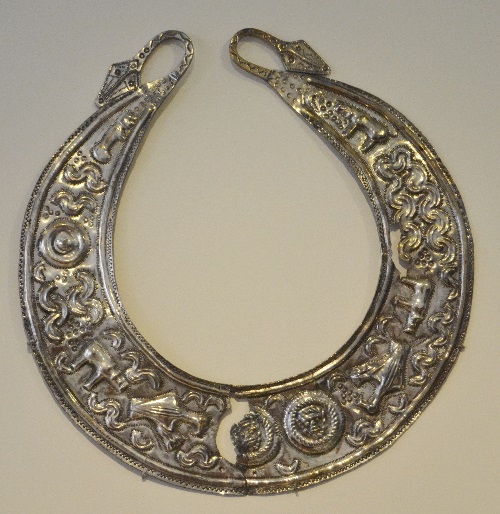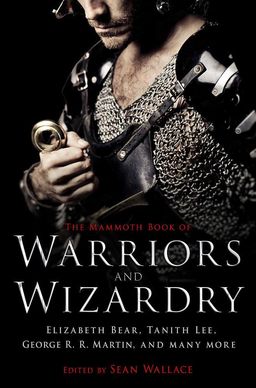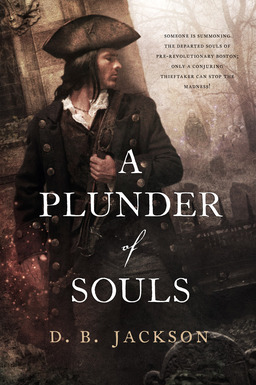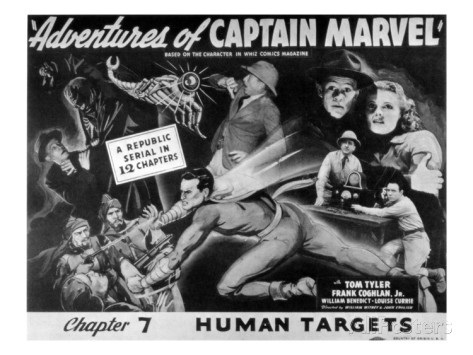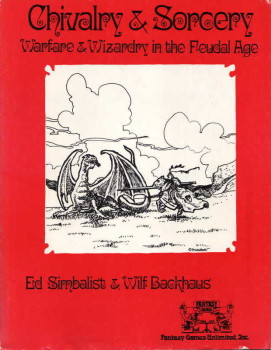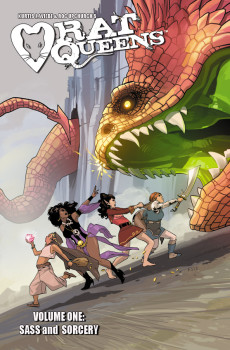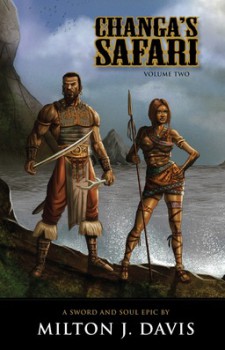Fantasy and Roleplaying Games
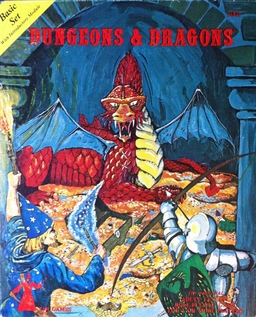 My loves for fantasy stories and RPGs (roleplaying games, not rocket-propelled grenades…) have been intertwined since I was a young child. I discovered them both at about the same time and have pursued both throughout my life.
My loves for fantasy stories and RPGs (roleplaying games, not rocket-propelled grenades…) have been intertwined since I was a young child. I discovered them both at about the same time and have pursued both throughout my life.
I still remember the day I was in a hobby store with my family. I was eight years old and I saw this game in a blue box with a dragon on the front. It was called Dungeons and Dragons, which sounded pretty damned cool to me. I begged my father to buy it and he resisted, saying it was a game for college-age people, but I refused to relent. And so we went home with that box.
My father ran the game for my brother and I, and my memories of those initial adventures into goblin-infested dungeons still remain vivid and precious more than thirty years later. Soon, I was running D&D games for my friends, leading them into insidious dens of evil where they slew monsters and collected epic treasures.
At the same time, I was tearing through anything fantasy-related I could get my hands on. My father’s library didn’t have much fantasy, but his copy of Kothar and the Wizard-Slayer was the gateway to Robert E. Howard, Michael Moorcock, Fritz Leiber, and so many others. I was, admittedly, insatiable.
And it continues to this day. I still get together with a few friends every month or so to sit around the table and slay imaginary beasts. I’m quite fortunate that my wife is a gamer, too. (The family that slays orcs together, stays together.) We’re currently running a campaign in the Star Wars: Edge of the Empire system, and I’ve already pre-ordered the newest edition of Dungeons and Dragons in anticipation of the many hours of enjoyment it will bring.
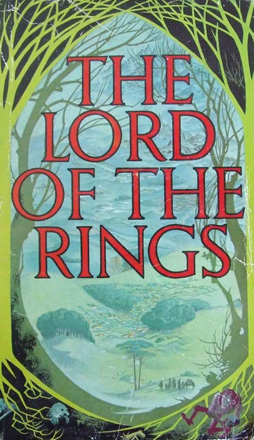 Browsing about the Internet recently, I stumbled on something that interested me. Several things, actually. Specifically, the results at the
Browsing about the Internet recently, I stumbled on something that interested me. Several things, actually. Specifically, the results at the 